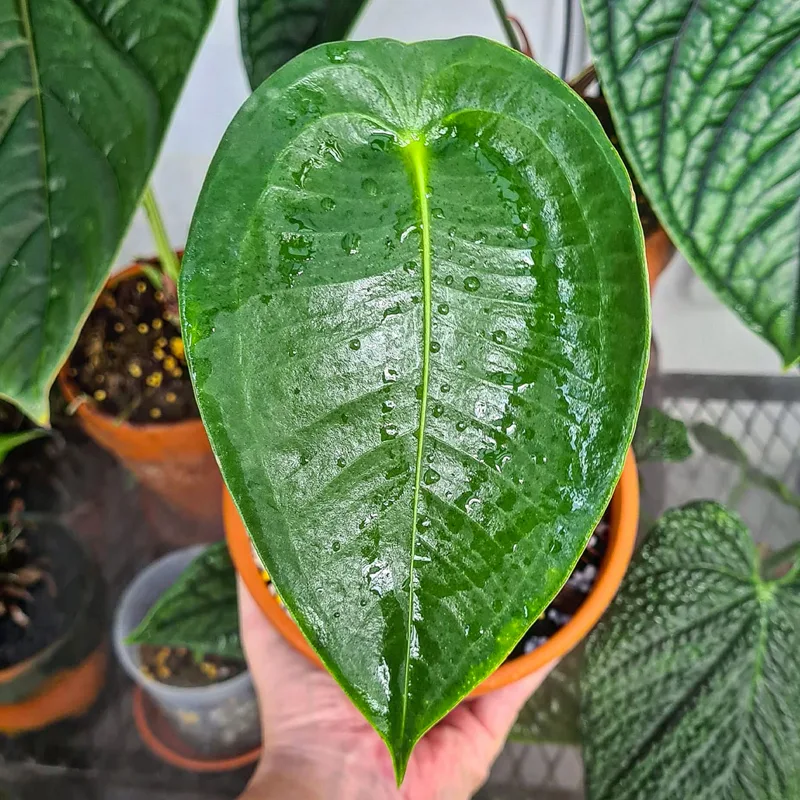Cerastium Fontanum: Answering Your Questions
Hi there, Ferb Vu here. I get a lot of questions about Cerastium fontanum, also known as mouse-ear chickweed, common mouse-ear, or starweed. It’s a popular little plant, and for good reason! Let’s delve into some of the most common inquiries I receive.
225 Species in Genus Cerastium
What is Cerastium Fontanum?
Cerastium fontanum is a low-growing, mat-forming perennial (though it can rarely act as an annual) native to Europe. It’s been introduced to many other parts of the world, including North America. The plant is covered in fine, non-sticky hairs and boasts erect flowering stems that can reach up to 18 inches tall. The leaves are opposite, up to 0.79 inches long, and lack stalks. Prostrate branches that don’t flower add to its visual charm.
Cerastium Fontanum vs Stellaria Media
I’ve had a chance to grow both Cerastium fontanum and Stellaria media, and I find them quite different in their own ways. Cerastium fontanum, also known as the snow-in-summer, has been a great ground cover in my garden. Its silvery foliage and small white flowers are charming, and it spreads nicely, creating a soft, carpet-like effect. On the other hand, Stellaria media, or chickweed, tends to be a bit more invasive in my experience. It grows quickly and densely, which can be a bit overwhelming, but its tiny white flowers are quite delicate. While Cerastium gives a more refined look, Stellaria’s rapid spread has been a bit of a challenge to manage.
Where Does Cerastium Fontanum Thrive?
This versatile plant is happy in various light conditions, tolerating full sun to partial shade. It prefers well-drained soil but adapts reasonably well to average moisture levels. While not fussy, providing well-draining soil will keep it happiest.
How Do I Care for Cerastium Fontanum?
Mouse-ear chickweed is a low-maintenance plant. Regular watering, especially during hot, dry spells, is beneficial. Deadheading spent flowers encourages continued blooming throughout the season. If the plant gets leggy, feel free to give it a light trim to maintain its compact shape.
Is Cerastium Fontanum Easy to Grow?
Absolutely! This little trooper is known for its ease of cultivation. It readily self-seeds, so be mindful if you don’t want it to spread too enthusiastically. But for gardeners seeking a low-effort groundcover or filler plant, Cerastium fontanum is a fantastic choice.
How Do I Propagate Cerastium Fontanum?
There are two main ways to propagate mouse-ear chickweed: division and stem cuttings. Division is best done in spring or fall. Simply dig up a mature clump, carefully separate the sections, and replant them in your desired locations.
For stem cuttings, take non-flowering stems in spring or early summer. Cuttings should be around 2-3 inches long. Remove the lower leaves and plant them in pots filled with moistened potting mix. Keep the soil moist and provide indirect light until new growth appears. Once established, harden them off before transplanting them outdoors.
What are Some Common Uses for Cerastium Fontanum?
The versatility of Cerastium fontanum makes it a popular choice for many landscaping applications. Here are a few ideas:
- Groundcover: This low-growing plant creates a dense carpet that helps suppress weeds and adds visual interest.
- Rock gardens: The cascading effect of its stems looks stunning cascading over rocks or walls.
- Borders: Edge your flowerbeds with mouse-ear chickweed for a touch of softness and texture.
- Containers: Plant it in pots or hanging baskets for a charming display that spills over the edges.
Is Cerastium Fontanum Invasive?
While Cerastium fontanum readily self-seeds, it’s generally not considered invasive. However, it can become aggressive in some situations. If you’re concerned about it spreading too much, deadhead the flowers regularly to prevent seed production.
What are Some Lookalikes of Cerastium Fontanum?
There are a couple of plants that resemble Cerastium fontanum:
- Stellaria media (Common Chickweed): This annual has smooth, hairless stems and leaves, while Cerastium fontanum has hairy stems and leaves.
- Other Cerastium species: Several other Cerastium species exist, with subtle variations in flower size, leaf shape, and hairiness.
Is Cerastium Fontanum Deer Resistant?
Yes! The fuzzy foliage of Cerastium fontanum is generally unappealing to deer, making it a good choice for gardens prone to deer browsing.
Does Cerastium Fontanum Have Any Pests or Diseases?
Cerastium fontanum is a relatively pest and disease-resistant plant. However, it can be susceptible to fungal diseases like powdery mildew in humid conditions. Ensuring good air circulation can help prevent this.
If i die, water my plants!



